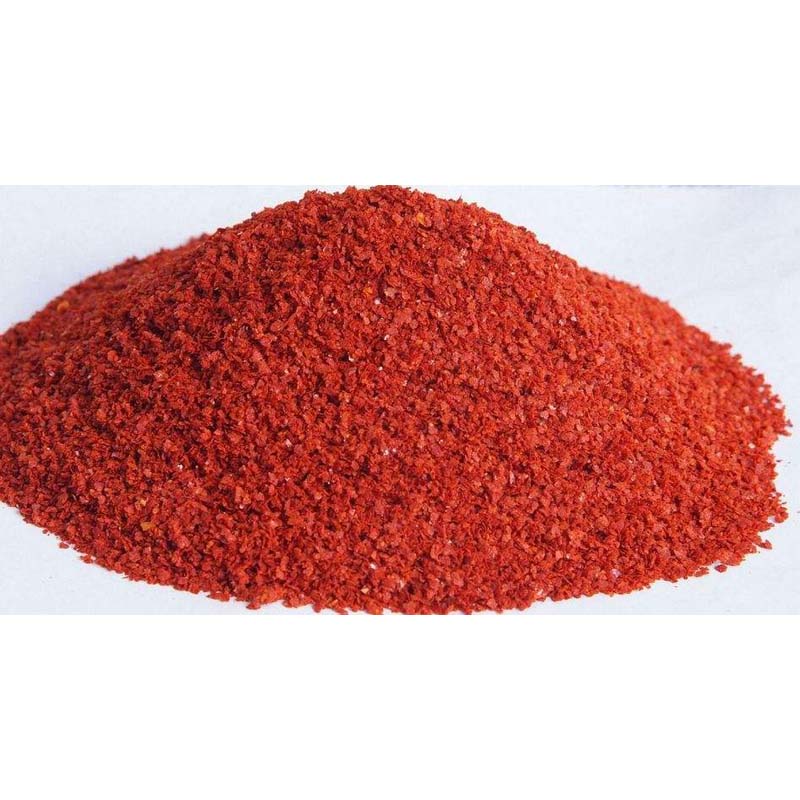- No. 268 Xianghe Street, Economic Development Zone of Xingtai city, Hebei 054001 China
- Byron@hbhongri.cn
dried red hot chili peppers
The Fiery World of Dried Red Hot Chili Peppers
Dried red hot chili peppers are not just a staple in kitchens around the world; they are a vibrant symbol of culinary passion, tradition, and health benefits. From the bustling markets of Mexico to the quaint shops of India and the beloved spice racks of American homes, these fiery peppers add flavor, heat, and color to countless dishes.
The journey of chili peppers begins in the sun-soaked fields where they are cultivated. Capsicum annuum, Capsicum frutescens, and other varieties are grown for their unique flavors and heat levels. The red hot chili pepper is harvested at the peak of ripeness, ensuring it is packed with vitamins, minerals, and the signature heat that many culinary enthusiasts seek.
Once harvested, these peppers can be processed in various ways, but drying is one of the most popular methods. Drying concentrates their flavors and allows for long-term storage. Sun-drying, air-drying, and dehydrating are common techniques. Each method imparts a slightly different profile to the pepper but retains its primary heat component, capsaicin, which is responsible for that unmistakable kick.
The allure of dried red hot chili peppers extends beyond their culinary uses. Many cultures around the world regard them as vital components of their culinary traditions. In Mexican cuisine, these peppers are essential for creating salsas, mole sauces, and traditional dishes like tamales. Varieties such as ancho, guajillo, and chipotle offer rich flavors that range from sweet and smoky to sharp and spicy. The famous Mexican mole sauce is a testament to the versatility of these ingredients, combining dried chilies with chocolate, spices, and other ingredients into a sauce that serves as a culinary tradition passed down through generations.
dried red hot chili peppers

In Indian cuisine, dried red chili peppers are used in various forms—whole, crushed, and powdered. They add warmth and spice to dishes like curries, dals, and pickles. Varieties like Kashmiri chili are favored for their vibrant color and moderate heat, while the hotter Byadgi chili adds an intense flavor without overwhelming the palate. The practice of tempering spices, known as tadka, often includes adding dried red chili peppers to hot oil, allowing their flavors to infuse into the dish.
Beyond their cultural significance, dried red hot chili peppers are packed with health benefits. Capsaicin, the active compound in chili peppers, is known for its anti-inflammatory properties and metabolism-boosting effects. Studies have suggested that capsaicin can help in weight management, improve heart health, and even lower the risk of certain diseases. The antioxidants found in chilies contribute to overall wellness by combating oxidative stress in the body.
On a practical level, dried red hot chili peppers are an economical way to maintain a spicy kick in your dishes. They have a long shelf life and can be stored in airtight containers away from direct sunlight, ensuring they remain potent for months. Home cooks can easily experiment with them by rehydrating the peppers in warm water or broth, grinding them into powders, or incorporating them directly into sauces and stews.
Moreover, the vibrant red color of these dried peppers adds visual appeal to any dish, making it a feast for both the eyes and the palate. They can be incorporated into risottos, pasta dishes, or even sprinkled atop pizzas for an unexpected twist.
In conclusion, dried red hot chili peppers are more than just a seasoning; they are a celebration of flavor, culture, and health. Their versatility and storied history make them a cherished ingredient across diverse cuisines. Whether you’re adding a pinch of chili powder to a stew or crafting a traditional mole sauce, the dried red hot chili pepper invites you to explore the bold and exciting world of spices. Embrace the heat, and let these fiery gems elevate your culinary creations.
-
Turmeric Rhizome Powder: A Golden Treasure from Roots to TableNewsJul.28,2025
-
The Versatile Application Of Crushed Red Hot Peppers: Lighting Up The Red Flames On The Dining TableNewsJul.28,2025
-
The Paprika: A Touch Of Vibrant Red In Color, Flavor, And CultureNewsJul.28,2025
-
Ground Turmeric: A Modern Examination of an Ancient SpiceNewsJul.28,2025
-
Capsicum Liquid Extract: Features, Applications, and ChallengesNewsJul.28,2025
-
Application of Capsicum Liquid Extract in FoodNewsJul.28,2025







